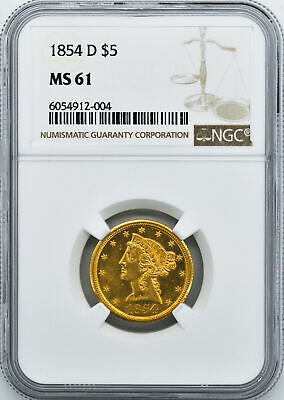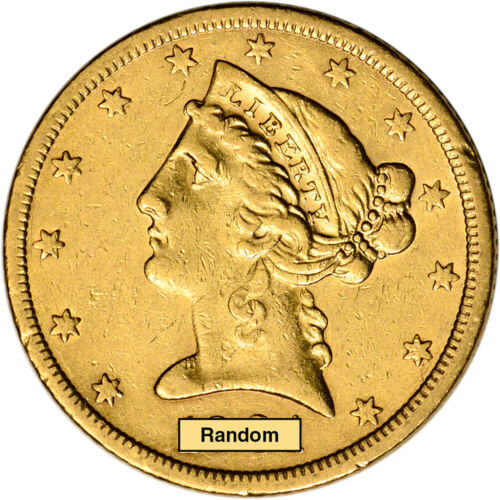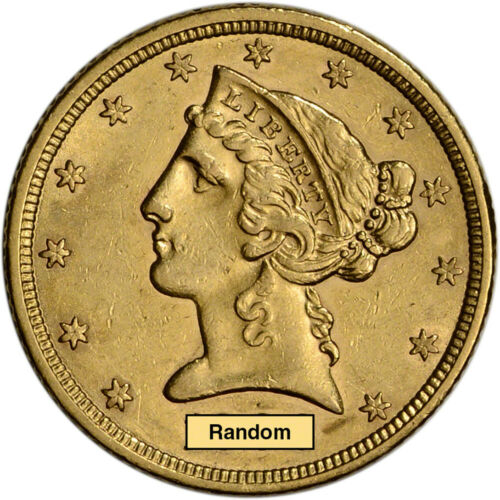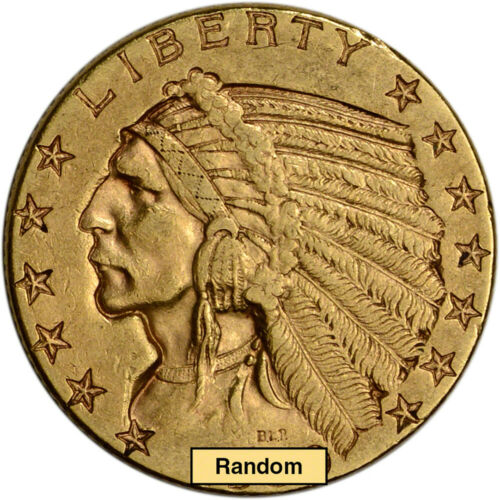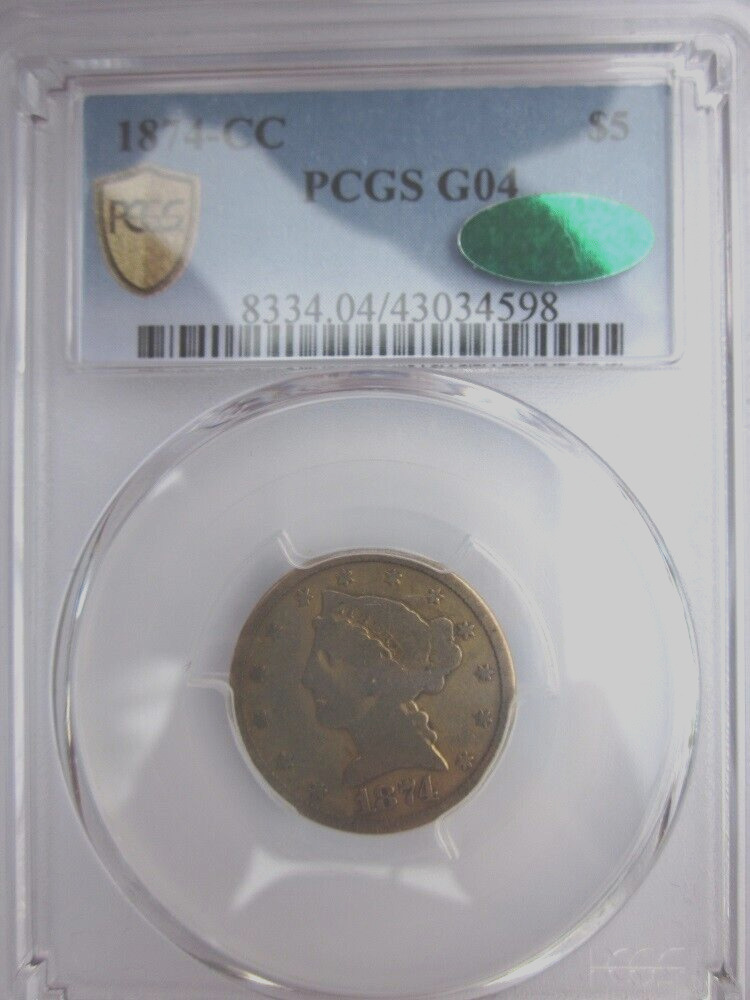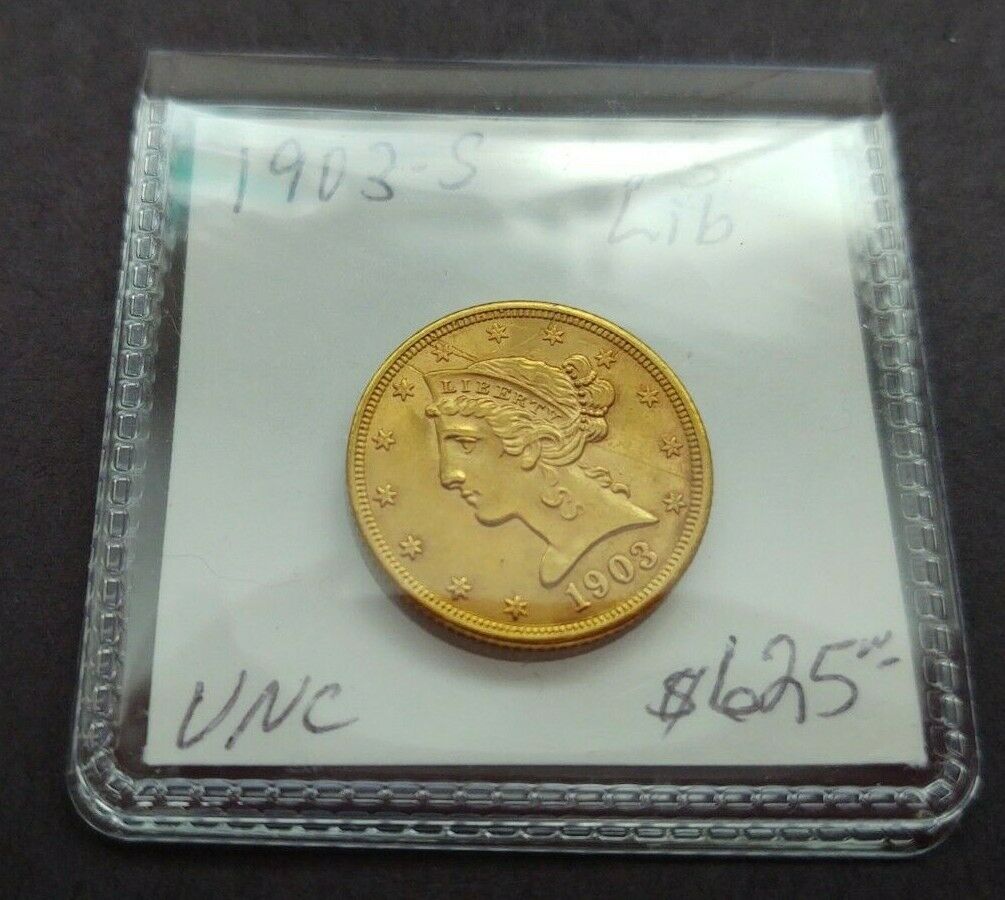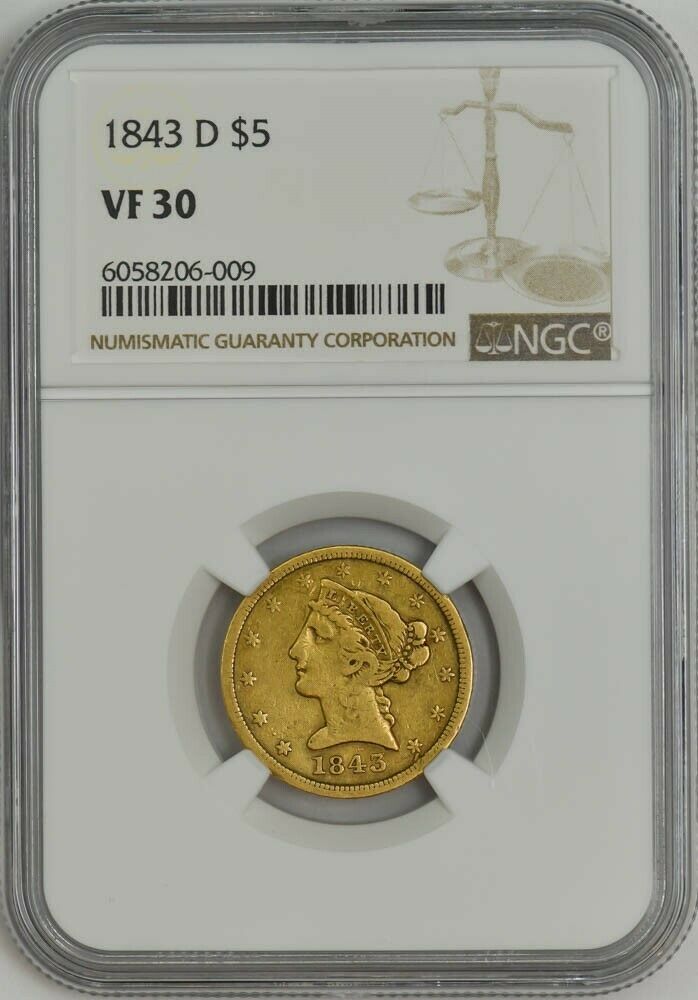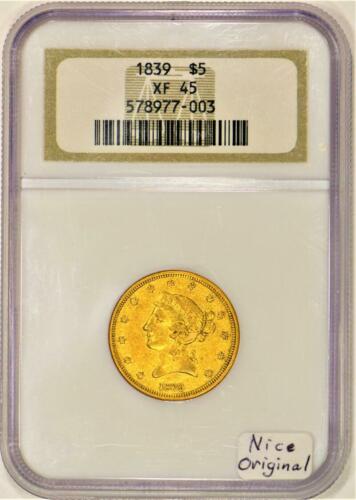-40%
1854-D LIBERTY NGC MS 61
$ 7656
- Description
- Size Guide
Description
eBay StoreAbout Us
Add as Favorite
Feedback
Payment
Shipping
Contact
1854-D LIBERTY NGC MS 61
Grading Service: NGC
Cert Number: 6054912004
SKU: 139264
Coin History
1854-D LIBERTY
Although photography was invented in 1839, the art world at that time was still very much in the grips of Neoclassicism. To the Neoclassical sculptor or die engraver, modern clothing fashions changed too often, and to portray historically important figures in contemporary clothes could open up such art works to criticism. Instead, they froze their subjects in Classical Greek clothing and copied the stylized busts of known works by ancient sculptors and their later Roman imitators. Neoclassicism liked cold profiles, and the exacting art of die engraving is especially well suited to such a stylistic influence.
In the United States, Mint engraver Christian Gobrecht was strongly influenced by Neoclassicism, which was especially apparent in his use of the classically stylized head of Liberty on the Coronet half eagle, which replaced the Classic Head design in 1839. The obverse design of the new coin featured Libertys hair tied in a bun and secured by a string of beads. She also wore a coronet in her hair inscribed with the word LIBERTY. The simplicity of the design was largely unaffected by the addition of the date below the bust and thirteen stars around the perimeter. Such a Greco-Roman profile as seen on the Coronet half eagle could be found in any major museum in Europe, and this classically elegant and yet simple design remained on the obverse of the half eagle until 1908, when the design was replaced by Bela Lyon Pratts Indian Head. The reverse differed little from the spread eagle motif that had been in use since 1807, except that on the Gobrecht reverse the eagles wingspan was widened to cover the new coin from rim to rim.
Gobrechts Coronet half eagles continued the Mints preoccupation with stereotyping the designs on all U.S. coins. This drive for uniformity existed from the Mints early days, and did not entirely vanish until new, non-mint designs were implemented early in the twentieth century. The Coronet half eagle shared its design with the eagle released in 1838 and the quarter eagle of 1840. Referred to by modern collectors as No Motto half eagles, they were struck in five mints: Philadelphia (no mintmark), Charlotte (C), Dahlonega (D), New Orleans (O), and San Francisco (S). Mintmarks were placed on the reverse below the eagle and above the word FIVE in all but the initial year of issue. In 1839 the C and D mintmarks were placed above the date on the obverse, making these otherwise relatively common coins a very popular and eagerly sought after year for collectors. All together, for the 28 years these coins were struck, a total of 9,114,049 pieces were produced from all five mints.
In the first several years of production minor design changes were made—the head of Liberty was modified slightly after 1839, the diameter was decreased in 1840, and lettering and dates were enlarged in 1842 and 43. For the date and mintmark collector these minor design alterations provide variety; although—primarily due to engraver James Longacres ineptitude as a die sinker—there are a considerable number of mispunched dates and overdates within the series that also provide numismatic interest. But the true rarities in this series are the low mintage, low availability issues, especially the branch mint issues from Dahlonega and Charlotte, such as the 1842-D Large Date, the 1842-C Small Date, and the 1861-C. There are no standout rarities among the New Orleans issues except, of course, for the legendary 1841-O, a coin that is unknown in any collection even though mint records indicate 50 pieces were struck—presumably all were melted after coining. The rarest regular production No Motto half eagle comes from the San Francisco mint—the 1854-S. Only 268 half eagles were struck in this first year the San Francisco mint was in operation, and today only three pieces are known. The most commonly encountered half eagles from this period are the ones struck in Philadelphia, with AU and mint state coins often available. The scarcest Philadelphia mint half eagles are those struck during the Civil War, when mintages were low and hoarding widespread.
Unlike many other nineteenth century series, No Motto half eagles are still collected today by date and mintmark. However, most collections contain only EF and AU coins at best—in many cases higher grade examples are either not available or are extremely expensive. Another popular method of collecting this series is to specialize in a particular mint. Several complete collections of Charlotte and Dahlonega half eagles have been formed over the years, this being especially popular with collectors living in the South. However, far fewer Southern gold collectors have attempted to complete a set of coins from New Orleans, even though EF and AU pieces are more often available from this mint than from Charlotte or Dahlonega. Type collectors can approach the No Motto series by either attempting to acquire one coin from each of the five mints that issued them, or by obtaining one example (usually from Philadelphia) to represent the entire 28 year type. Proofs were struck only in the Philadelphia mint, and all are very rare with yearly mintages after 1858 ranging from 25 to 80 pieces.
Grading well struck examples of No Motto fives is a rather straightforward process: look for rubbed spots on the highest portions of the design elements—the hair curls and above the eye of Liberty on the obverse and on the eagles wings on the reverse. However, incompletely struck coins from this period are the rule, not the exception, and one should expect softness of strike on the hair curls of Liberty as well as the eagles left (facing) leg on all branch mint coins and some of the Philadelphia issues. Counterfeits are occasionally seen in the series but are generally not a problem. Certain branch mint issues, especially those from the mid-1850s, may show full mint sharpness but dull surfaces. These "seawater Uncs." were allegedly salvaged off a sunken Confederate transport ship in the early 1970s.
Store Categories
Stores Home
Colonials
Half Cents
Large Cents
Small Cents
Two-Cent Pieces
Three-Cent Silvers
Nickels
Half Dimes
Dimes
Twenty-Cent Pieces
Quarter Dollars
Half Dollars
Flowing Hair Dollars
Seated Dollars
Trade Dollars
Morgan Dollars
Peace Dollars
One Dollar Gold
Two Fifty Gold
Three Dollar Gold
Five Dollar Gold
Ten Dollar Gold
Twenty Dollar Gold
Commemorative Gold
Commemorative Silver
Patterns
Territorial Gold
Three-Cent Nickels
Draped Bust Dollars
Gobrecht Dollars
Other
